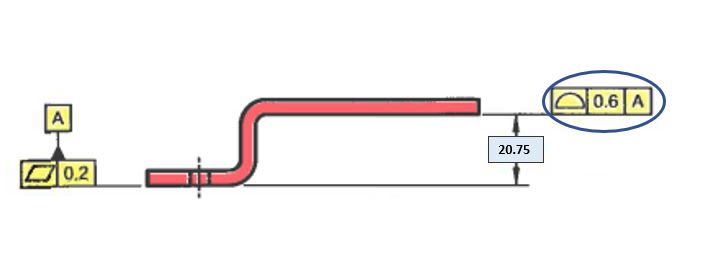nry67
Industrial
- May 30, 2011
- 33
Hi somebody can help me to found the information concerning the precision of dim and tol. Value in mm.
I know it's possible to have : 4+/-0.2 or an other exemple 4.2+/-0.5
My question is, Is it possible to indicate on a drawing this exemple : 4.25+/-0.1
To me it's strange to use 2 digits on the dim and only 1 in the tolerance.
Thank you
I know it's possible to have : 4+/-0.2 or an other exemple 4.2+/-0.5
My question is, Is it possible to indicate on a drawing this exemple : 4.25+/-0.1
To me it's strange to use 2 digits on the dim and only 1 in the tolerance.
Thank you

![[lol] [lol] [lol]](/data/assets/smilies/lol.gif)

![[bat] [bat] [bat]](/data/assets/smilies/bat.gif)